Oldest Recorded Toxic Algal Bloom
2Studying toxic algal blooms is common these days, with science advancing to the point that researchers can tease out all sorts of dynamics involved in the creation and proliferation of the blooms. These relate to things like weather patterns and nutrient runoff, even down to the roles of different forms of nitrogen and phosphorus. But before those leaps could be made, the blooms had to be observed and described in the first place.
Scientists at Australia’s Flinders University think they may have pinpointed the very first record of a toxic algal bloom. The researchers believe that it took place in a Polish water body, Tuchomskie Lake, during the 17th century.

Toxic algal (cyanobacteria) bloom. (Credit: Flinders University)
This was revealed through a search of archived papers published in the journal Philosophical Transactions of the Royal Society. The paper investigators found, submitted to the publication by Christopher Kirkby, a merchant, traveler and lay scientist, described the deaths of dogs, cattle and birds after the animals drank from an area of the lake that had a “hairy efflorescence.”
The dogs that came into contact with the shallow, green-glowing waters died suddenly, according to the paper. Some horses that were led to clearer waters to drink, however, didn’t get sick from the bloom.

Lake Alexandrina, New Zealand. (Credit: Wikimedia Commons User Evil Monkey via Creative Commons 2.5)
The paper was submitted to the journal in 1672, pushing back the oldest-known record of a toxic cyanobacteria bloom by about 200 years, scientists say. That means it could have been read by some of the great scientific minds of history, including Isaac Newton who joined the Royal Society in the same year the article was published.
Though it’s impossible to say for sure that what Kirkby observed was a toxic bloom, Flinders researchers say that its description is consistent with modern-day understanding of how the blooms behave.
The other study once thought to be the earliest description of a toxic algal bloom was published in 1878 in the journal Nature by George Francis, a South Australian chemist. In that paper, he described surveying the shores of Australia’s Lake Alexandrina to find the cause of livestock deaths occurring nearby.
Know of an earlier record describing a toxic algal (cyanobacteria) bloom? How would you describe an algal bloom if you’d never seen one before? Please consider leaving a comment to share your thoughts!




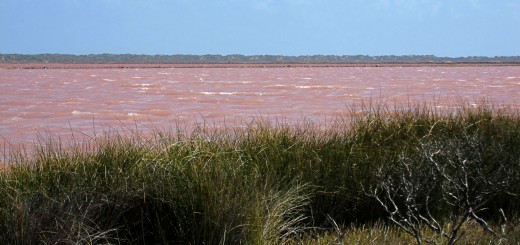
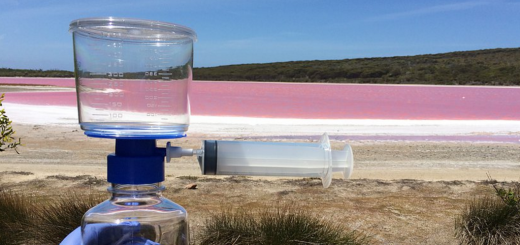
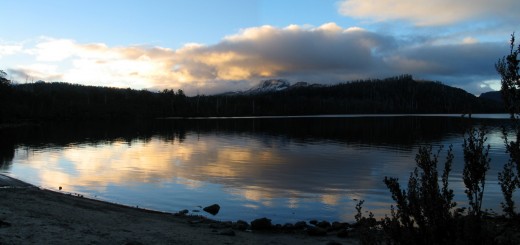
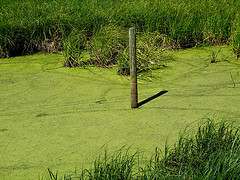


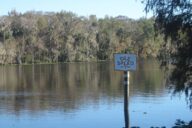



This finding is fascinating, however, the first observation of an algal (red-tide) bloom should be the “First Plague” of Egypt, described in the Bible, that “turned the Nile River red”. Of course, it’s impossible to say whether this was a bloom or not, the description is consistent to a red tide.
I’m not sure what is considered verified, but I just published a paper in Ecosystems and found cylindrospermopsin over 4,000 ybp in a sediment core from from Lake Griffin, FL USA. Would love to see what people think. M. N. Waters. It’s in online first pubs.